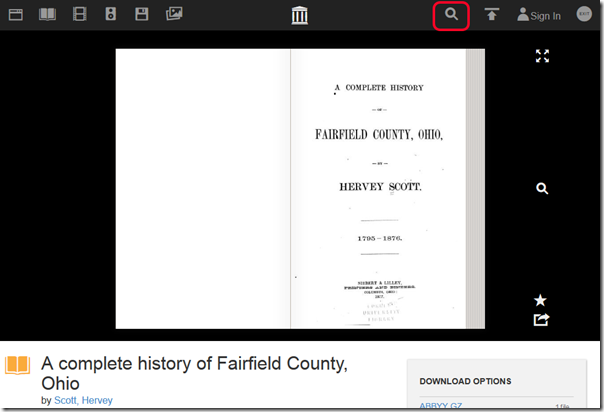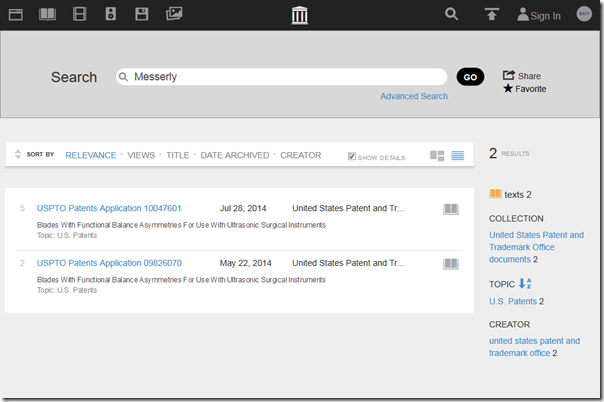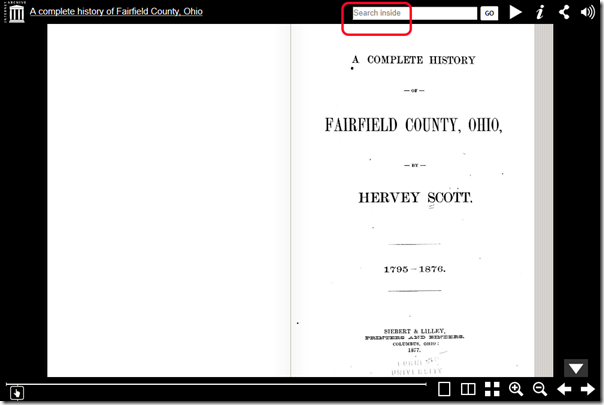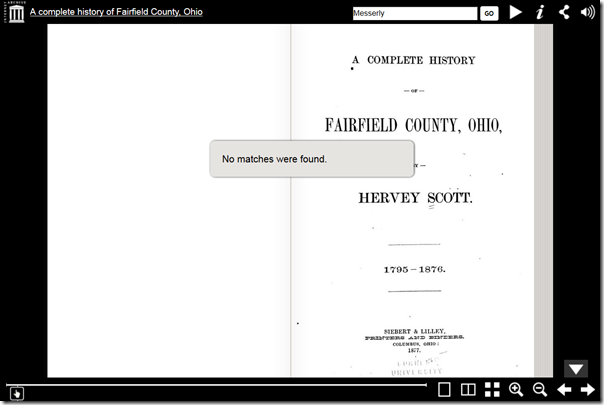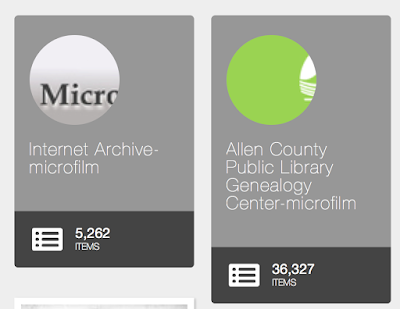Why Was the Information Removed from Online?
NOTE: This is a
slightly updated version of an article I published about a year ago. A
couple of newsletter readers have sent messages to me in the past few
days expressing dissatisfaction with records that were available online
but recently have disappeared. I am offering this republished article as
an explanation about why we should not be surprised when that happens. I
will also offer a suggestion as to making sure you keep your own copies
of online records that are valuable to you.
In most cases, information of genealogical value obtained from government agencies, religious groups, museums, genealogy societies, and other organizations is provided under contractual agreements. The contracts specify what information is to provided, how it is to be made available, and what price the web site has to pay to the provider for the records. All contracts also have a defined expiration date, typically 2 years or 3 years or perhaps 5 years after the contract is signed.
When a contract nears expiration, the two parties usually attempt to renegotiate the contract. Sometimes renewal is automatic, but more often it is not. Maybe the information provider (typically an archive) decides they want more money, or maybe they decide they no longer want to supply the data to the online genealogy service. For instance, in the time the information has been available online, the information provider may have learned just how valuable the information really is. The information provider may decide to ask for more money or may even refuse to provide the information any more since the provider may have a NEW plan to create their own web site and offer the same information online on their new site for a fee.
Sure, that stinks for those of us who would like to have the information everywhere; but, it makes sense to most everyone else. I am sure the budget officer at most any state or local government archive thinks it makes sense.
Every contract renegotiation is different, but it is not unusual to agree to disagree. The contract ends, and the web site provider legally MUST remove the information from their web site. The same thing frequently happens to all the other online sites that provide old records online.
Moral of this story: If you find a record online that is valuable to you, SAVE IT NOW! Save it to your hard drive and make a backup copy someplace else as well. If there is no option to save, make a screen shot and save it on your hard drive or some other place where it will last for many years. Just because you can see the record online today does not mean that it will be available tomorrow.
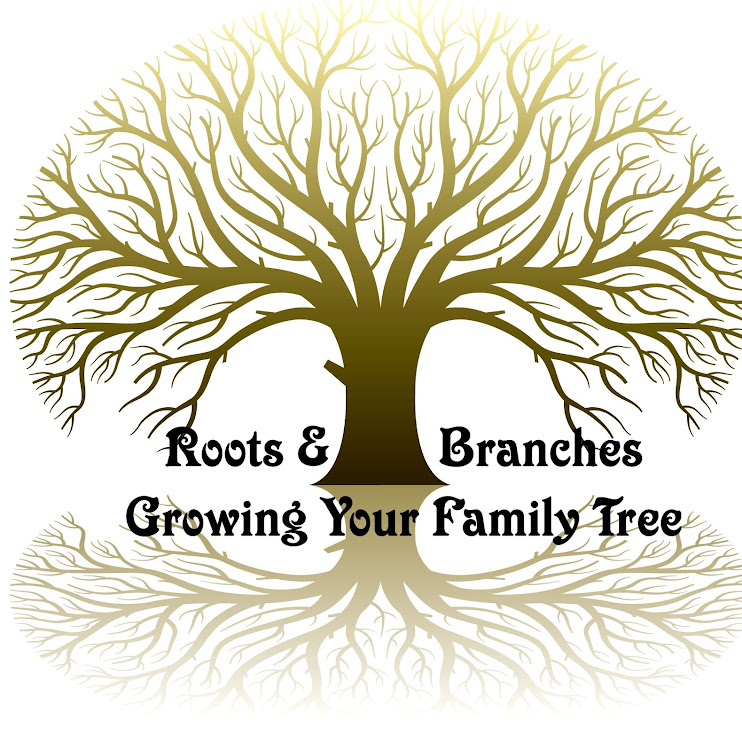



 The
Social Security Death Index (often called the SSDI) is a valuable tool
for genealogists. It lists deceased people within the United States.
When first created, the SSDI only listed those people who were receiving
Social Security benefit payments at the time of death.
The
Social Security Death Index (often called the SSDI) is a valuable tool
for genealogists. It lists deceased people within the United States.
When first created, the SSDI only listed those people who were receiving
Social Security benefit payments at the time of death. 
